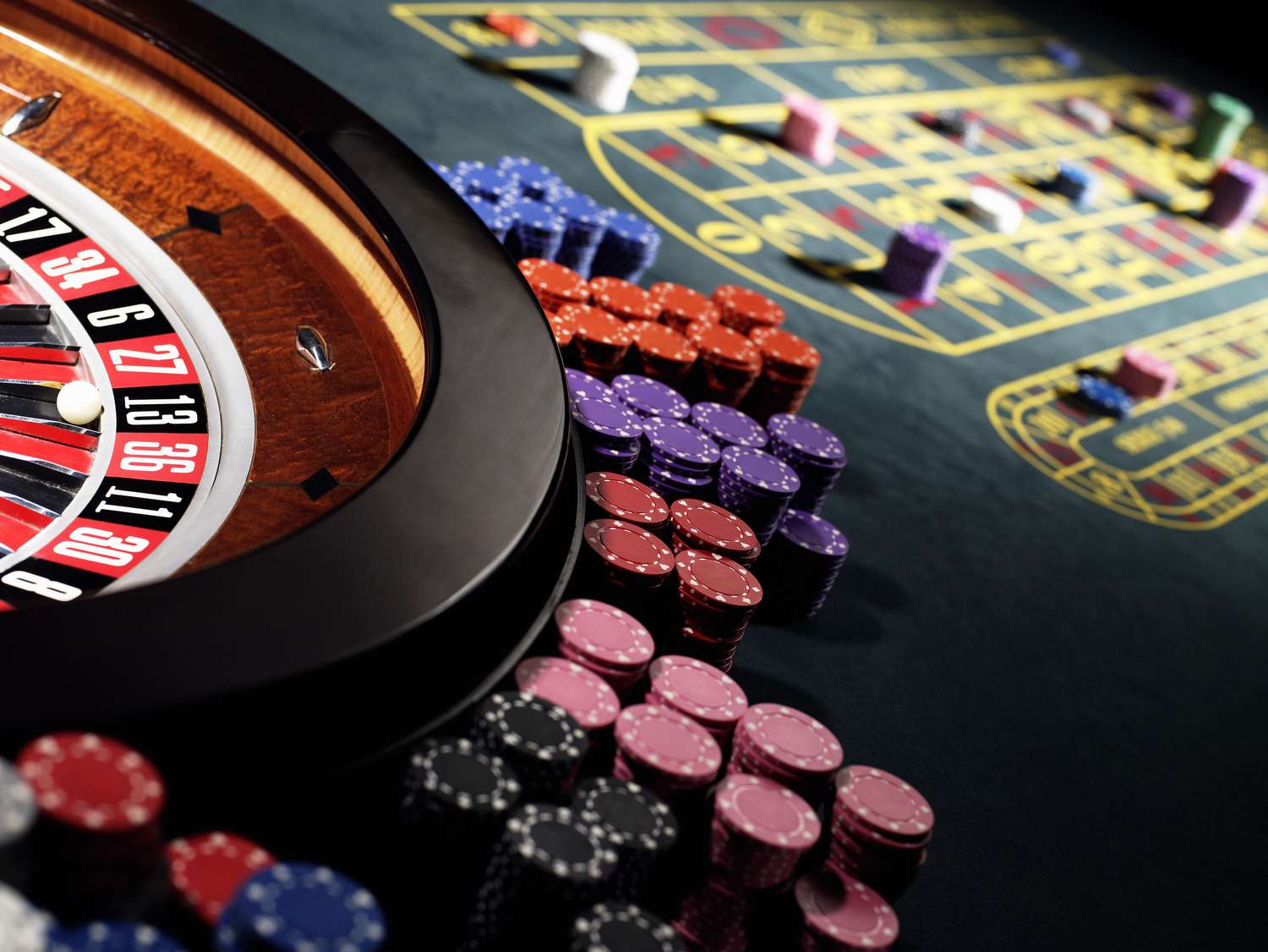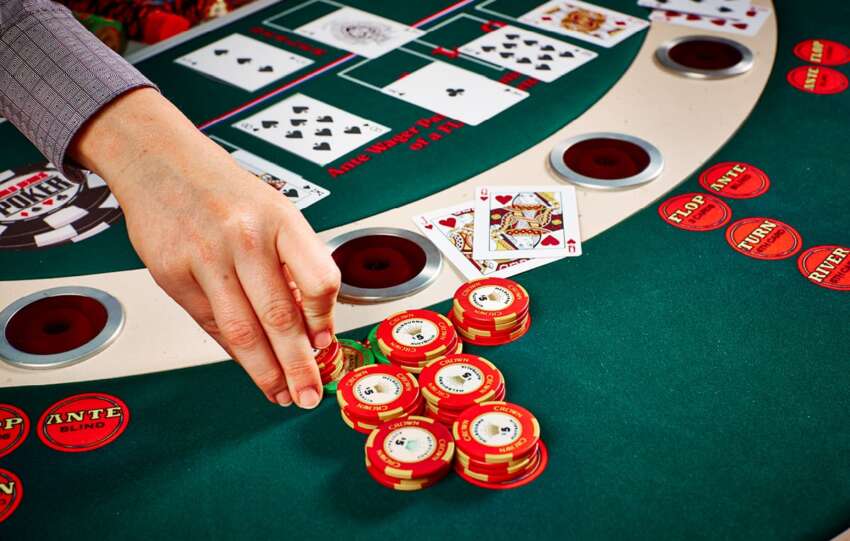Unveiling the Essence of Bluffing in Texas Hold’em
Texas Hold’em 메이저홀덤, the ultimate game of strategy and intellect has enamored millions globally. At its essence, it embodies a subtle interplay of deceit and calculation, with bluffing serving as a pivotal element of tactical maneuvers. Within this extensive manual, we explore the nuanced skill of bluffing in Texas Hold’em, unraveling its complexities and providing invaluable guidance to enhance your gameplay significantly.
Understanding the Fundamentals of Bluffing
Bluffing, in essence, is the act of representing a stronger hand than what one holds. It’s a psychological tactic employed to manipulate opponents into making unfavorable decisions, ultimately leading to advantageous outcomes for the bluffer. However, mastering this art requires a nuanced understanding of various factors:
1. Hand Strength and Positioning
Central to successful bluffing is a keen assessment of one’s hand strength relative to the board and opponents’ likely holdings. It’s crucial to recognize opportune moments where bluffing is plausible, typically when the community cards present possibilities for strong hands that align with your perceived range.
2. Opponent Profiling
Effective bluffing hinges on the ability to discern opponents’ tendencies, playing styles, and emotional states. By observing betting patterns, past behaviors, and body language cues, skilled players can tailor their bluffing strategies to exploit opponents’ weaknesses and capitalize on their vulnerabilities.
3. Risk Assessment
Bluffing inherently involves risk, as it necessitates betting or raising without the certainty of holding the best hand. Calculating the risk-reward ratio is imperative, weighing the potential gains against the likelihood of being called or raised by vigilant opponents.
Advanced Bluffing Techniques
1. Semi-Bluffing
A potent strategy in Texas Hold’em, semi-bluffing involves betting or raising with a drawing hand that has the potential to improve on subsequent community cards. Unlike a pure bluff, a semi-bluff retains intrinsic value, offering multiple avenues for success: either by winning the pot uncontested or by hitting a strong hand on later streets.
2. Image Manipulation
Crafting a favorable table image is pivotal in bluffing endeavors. Establishing a tight, conservative image early on can enhance the credibility of subsequent bluffs, as opponents are more inclined to give credence to plays from players perceived as selective and cautious.
3. Timing and Board Texture
The context provided by the board texture and betting dynamics dictates the viability of bluffing opportunities. Boards that are unlikely to have improved opponents’ hands or present straight and flush draws offer fertile ground for well-timed bluffs, especially against passive adversaries prone to folding.
Psychological Warfare at the Poker Table
1. Maintaining Composure
A stoic demeanor is a hallmark of seasoned poker players, concealing emotions and intentions behind a veil of inscrutability. By remaining calm and composed, players can instill doubt and uncertainty in their opponents, fostering an environment ripe for successful bluffing exploits.
2. Exploiting Fear and Doubt
Fear and doubt are potent weapons in the arsenal of a skilled bluffer. Leveraging opponents’ apprehensions and insecurities through calculated aggression and deceptive maneuvers can induce folds even from relatively strong hands, solidifying the bluffer’s dominance at the table.
3. Mind Games and Verbal Taunts
Verbal interactions at the poker table serve as a battleground for psychological warfare. Strategic use of taunts, banter, and false statements can sow seeds of doubt in opponents’ minds, clouding their judgment and paving the way for profitable bluffing opportunities.
The Evolution of Bluffing in the Digital Age
In an era dominated by online poker platforms and virtual gameplay, the dynamics of bluffing have undergone a paradigm shift. With limited physical cues and face-to-face interactions, players must adapt their strategies to leverage alternative avenues of deception, such as timing tells, bet sizing patterns, and statistical analysis of opponents’ tendencies.
Conclusion: Mastering the Art of Deception
Bluffing in Texas Hold’em goes beyond mere deception; it showcases the strategic acumen and psychological finesse of the player. By mastering the subtle art of bluffing, players can enhance their gameplay significantly, outsmarting opponents and enjoying the fruits of calculated risk-taking. As you journey towards mastery, remember this: in the realm of Texas Hold’em, bluffing serves as both a weapon and a shield, skillfully wielded by those bold enough to challenge conventions.





